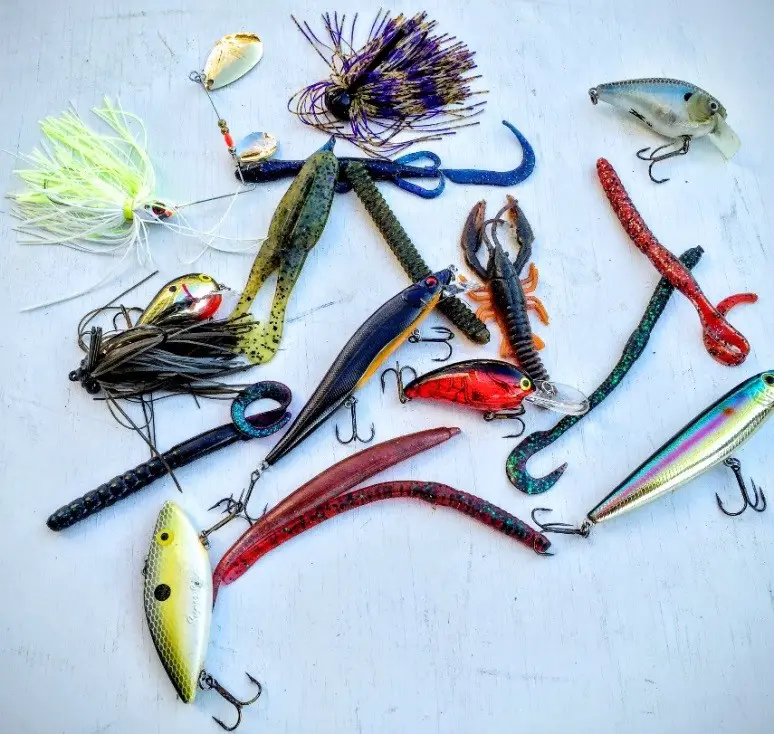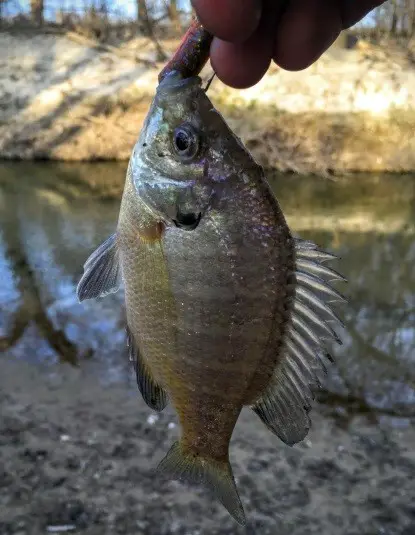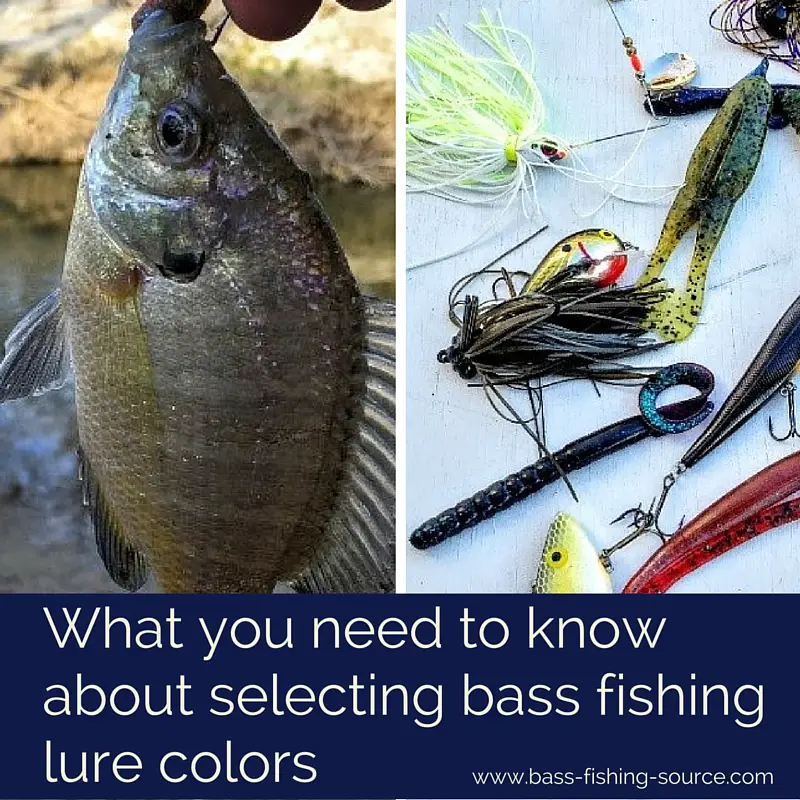What You Need to Know About Lure Colors for Largemouth Bass Fishing
The “rules” to quickly and easily select a lure for successful fishing
Which lure color to use for largemouth bass fishing is a subject that everyone has an opinion on and if you ask a group of people, more than likely, all of them will have a different take on lure colors. We’ll break it down to give you a foundation from which you can tweak and make your own adjustments and find what works in your water.
First let me explain the logic behind lure color selection that we will follow. I’m sure you heard of these “rules” and this is what makes the most sense when trying to narrow down lure colors for largemouth bass fishing.
The logic behind choosing a lure color
Use colors that closely mimic the natural forage of the bass in the lake you are fishing.
You need to have some idea of what the bass are feeding on in that body of water. How do you know this?
- Throw a cast net and catch bait
- Ask the marina
- Ask other anglers
- Ask someone who is catching bait
- Look online
The information is there you just need to find it. Once you know what the majority of the forage is in that lake, take note of what colors you find on those bait fish.
Crayfish can take on all sorts of colors from red to brown with some chartreuse to orange and some blue. What about shad with their distinctive dot. How about the colors of blueback herring?
It will be different based on your location.
Lure color adjustments - Going beyond natural look
It's important to know your local forage so you can present something that will up your chances of getting more bites, but as always you will probably need to adjust.
The biggest factor in forcing adjustments is water clarity. The above holds very true for clear waters. Keep colors as close to natural as possible. But what about water that is not so clear or light conditions that aren't so bright? This is when brights or sometimes really dark colors come into play. Here is a breakdown.
Clear water on a clear day with blue skies and a bright sun
- As natural as you can get. stay away from very bright colors except for those that appear naturally on bait fish. No need for flashy colors or chrome lures
Stained water or a cloudy, overcast day with little direct sunlight
- Watermelon reds, subtle oranges and purples as secondary colors
- Some chrome on cranks and spinnerbait blades
Dark Murky water or Night fishing
- Firetiger
- Majority chartreuse, purples, bright oranges
- Blacks and deep purples for nighttime fishing. This allows the lures profile to show in dark waters.
In the end, I try not to stress too much about color. The above rules help me keep my focus more on the previous topics in this series of finding bass and selecting the actual lures to use.
Color, while it needs to be considered, can become a distraction and you’ll wind up spending more time trying different colors than actually fishing. As long as you stick to these general guidelines you should be able to move past this part of the puzzle.
Comment below and tell us what the natural forage in your favorite lake is and/or what the water clarity is.
Learn more about Largemouth bass fishing
Go to the bass fishing home page.



New! Comments
Let us know what you think! Leave us a comment in the box below.